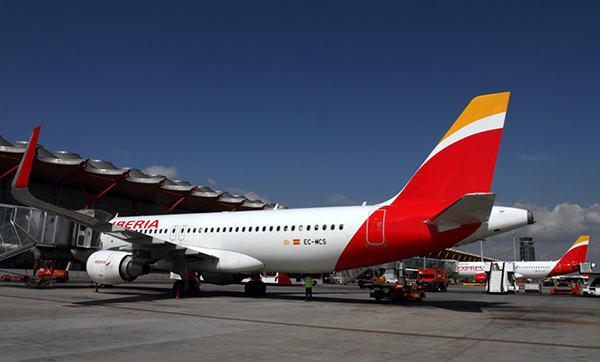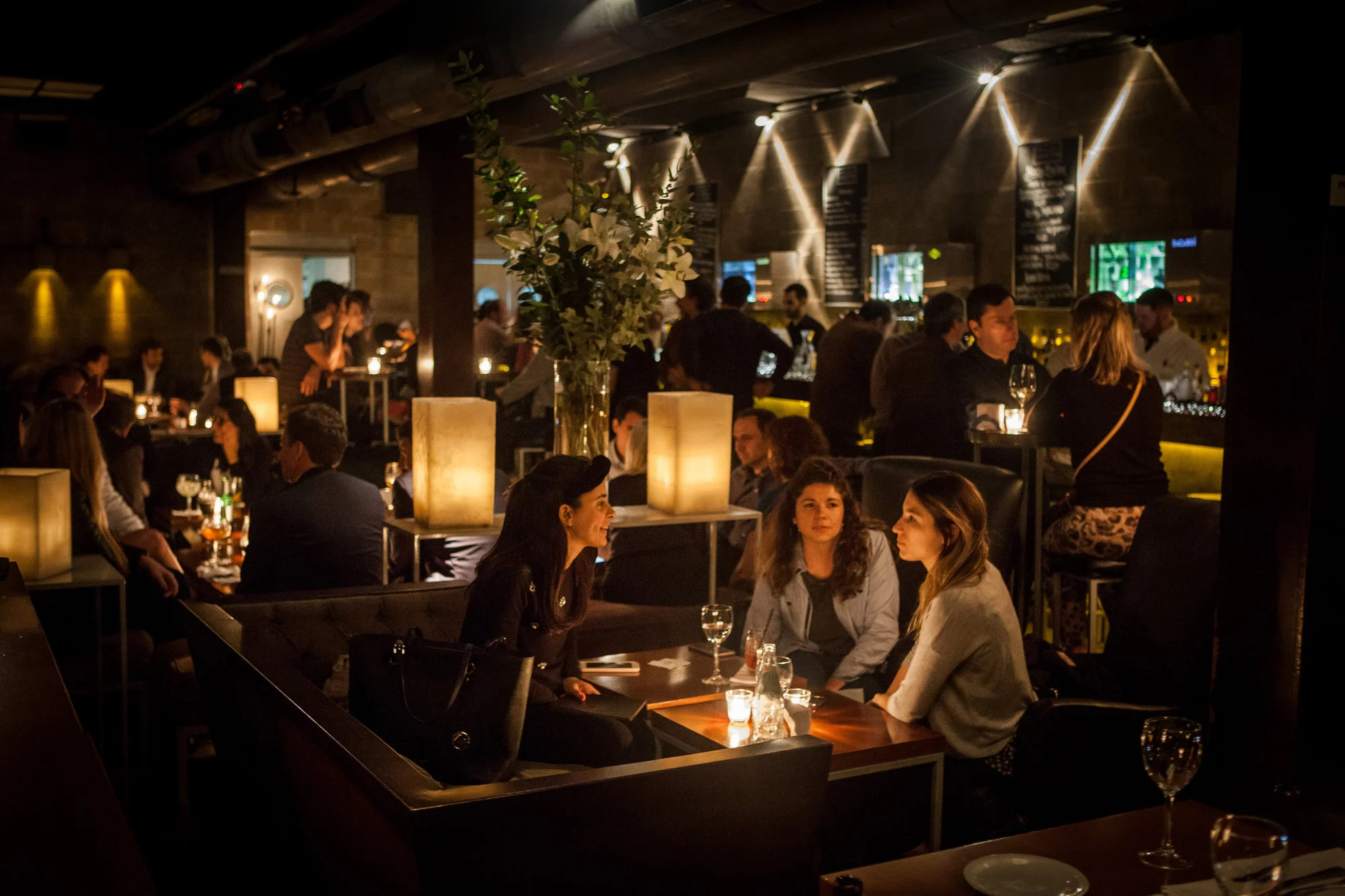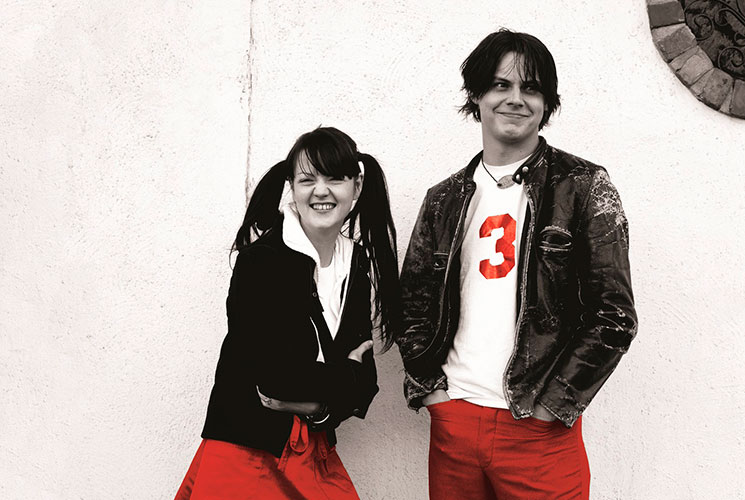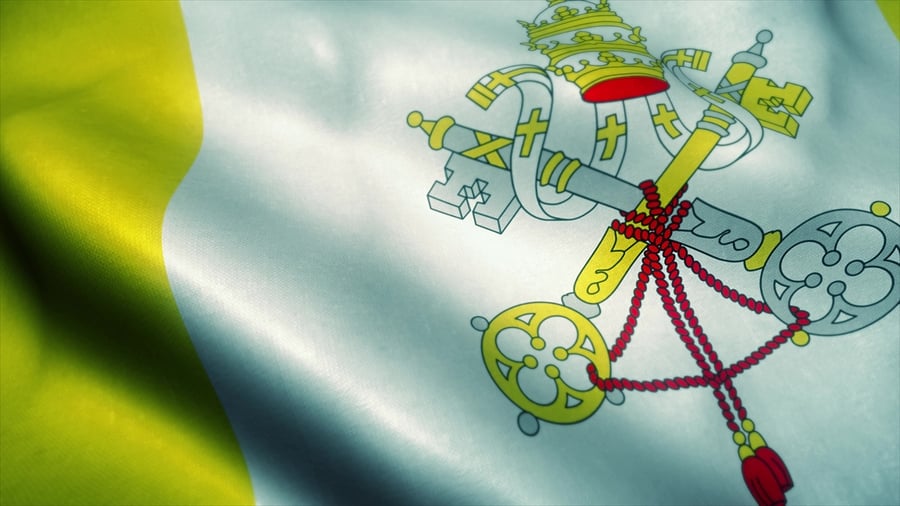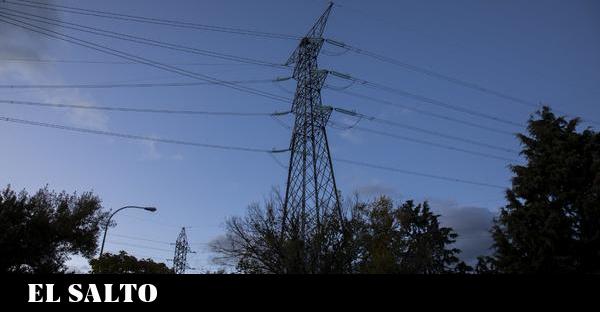Who was Pope Francis?: Net worth and cause of death
The remains of Pope Francis, who served as pontiff for 12 years, will be moved to the chapel of his residence instead of the Apostolic Palace
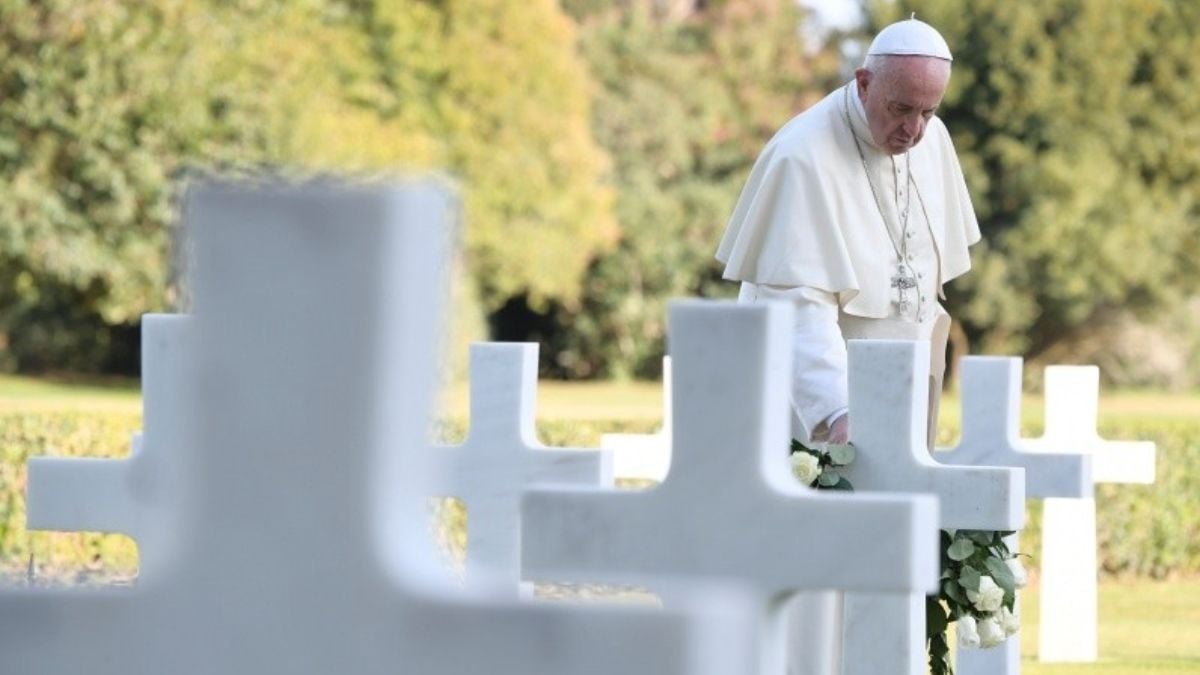

This Monday, April 21, the death of Pope Francis was announced at the age of 88, leaving behind a significant legacy in the Catholic Church. The remains of Francis, who served as pontiff for 12 years, will lie in state at the chapel of his residence rather than in the Apostolic Palace chapel. Here’s everything we know about the Supreme Pontiff, the cause of his death, and his net worth.
What Did Pope Francis Die Of?
According to reports from the Vatican, Pope Francis passed away in his apartment at the Casa Santa Marta, after battling bilateral pneumonia for over two months—a condition that kept him hospitalized for 38 days. The official cause of death will be announced following the rite of death confirmation, which is scheduled to take place today at 8:00 PM local time in the chapel of his residence. However, Italian media have reported that, according to sources within the Vatican, the Supreme Pontiff died due to a cerebral hemorrhage.
ALSO READ What Time Does the 2025 Boston Marathon Start?
What Was Pope Francis’ Net Worth?
Although popes are often thought to be wealthy due to their attire, transportation, and the grandeur surrounding their position, the reality is that Supreme Pontiffs do not accumulate large fortunes. In fact, they do not receive a salary (unlike cardinals), as all their expenses are covered by the Vatican.
In the case of Pope Francis, he had taken a vow of poverty and consistently rejected luxury. At the time of his death, his net worth was estimated at only $100, as he owned no property or bank accounts.
Who Was Pope Francis?
Francis, the first pope from the American continent, was born in Argentina on December 17, 1936, under the name Jorge Mario Bergoglio. According to the biography published by the Vatican, he was the son of Italian immigrants. Initially trained as a chemical technician, he later chose the path of priesthood, beginning his religious studies at the Diocesan Seminary of Villa Devoto.
In 1958, he entered the novitiate of the Society of Jesus. He continued his education in the humanities and earned a degree in philosophy from the Colegio de San José in San Miguel. During this time, he also taught literature and psychology at institutions in Santa Fe and Buenos Aires.
He was ordained a priest in 1969 and took his final vows as a Jesuit in 1973. That same year, he was appointed Provincial of the Society of Jesus in Argentina, a position he held for six years. Later, he served as rector and parish priest at San Miguel, as well as spiritual director and confessor in Buenos Aires.
In May 1992, Pope John Paul II appointed him titular bishop of Auca and auxiliary bishop of Buenos Aires. He was later named Episcopal Vicar for the Flores district and eventually became Vicar General of the Archdiocese. In 1998, he was appointed Archbishop of Buenos Aires, Primate of Argentina, and Ordinary for Eastern Rite Catholics without their own hierarchy. In 2001, the same pope elevated him to cardinal, granting him the title of San Roberto Bellarmino. Finally, on March 13, 2013, he was elected Supreme Pontiff of the Catholic Church.
ALSO READ This is Otonomus, the new hotel in Las Vegas powered by AI
What Happens When a Pope Dies?
When a pope dies or resigns, the cardinals are called to the Vatican to begin the process of selecting a new pope in the Sistine Chapel—a procedure known as the conclave. During the period between the vacancy and the election of the new pontiff, the College of Cardinals assumes governance of the Church.
Each cardinal casts an individual vote for who they believe should be the next pope. This voting process can take several days until a consensus is reached. The only clue visible to the outside world about the conclave’s progress is the smoke that emerges from a special chimney twice a day: black smoke signals no agreement, while white smoke announces that a new pope has been chosen.
What Does the Pope Do?
As the highest authority in the Catholic Church, the pope is regarded by the faithful as the representative of an unbroken line that traces back to Jesus Christ. He is considered the direct successor of Saint Peter, which grants him full authority over the Church and places him as a central figure for Catholics around the world.







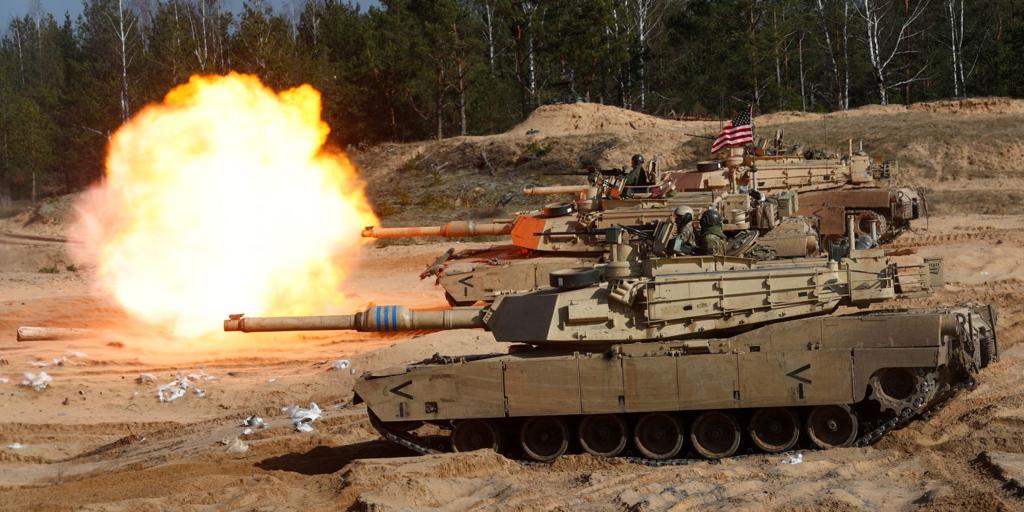
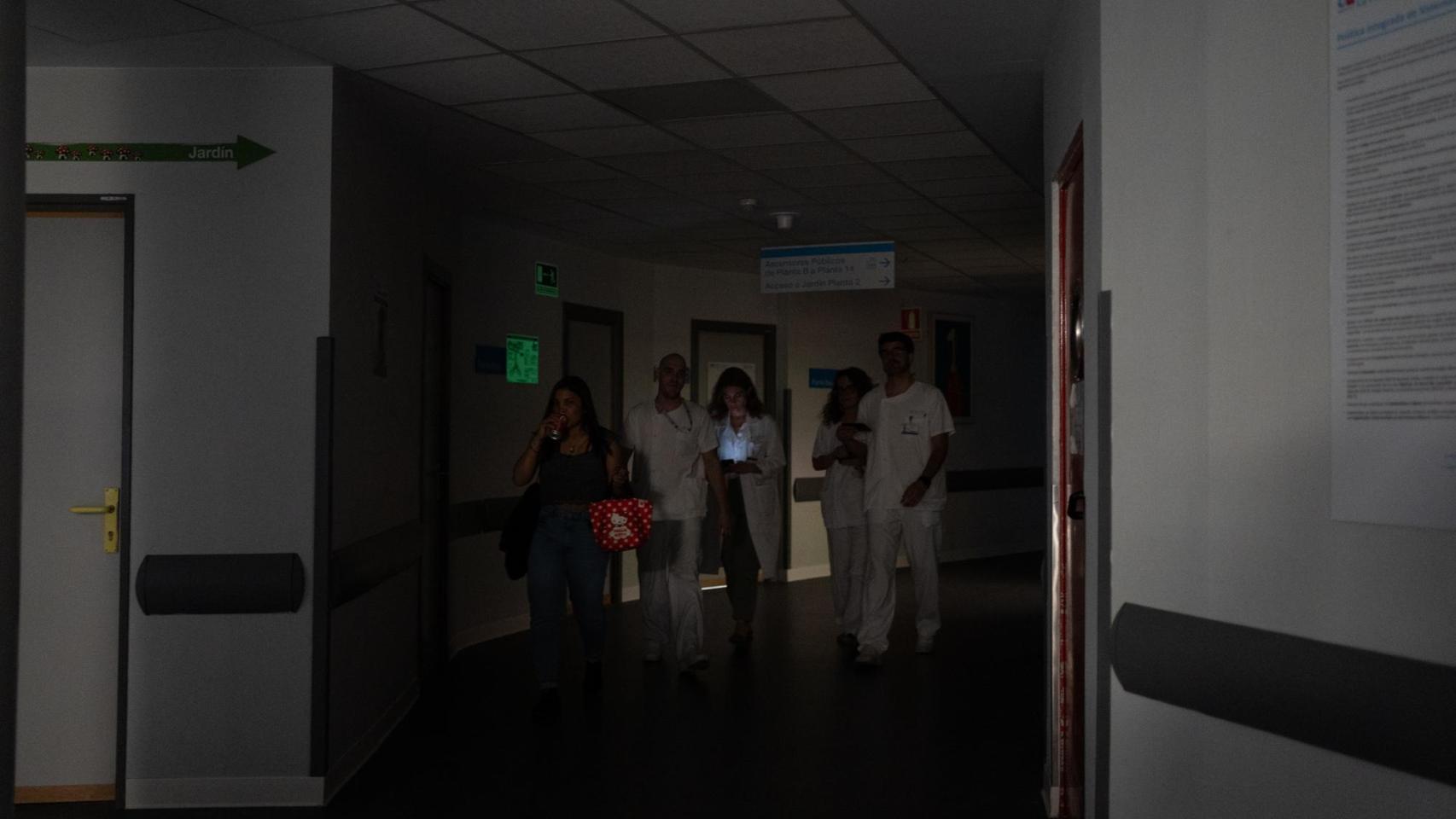
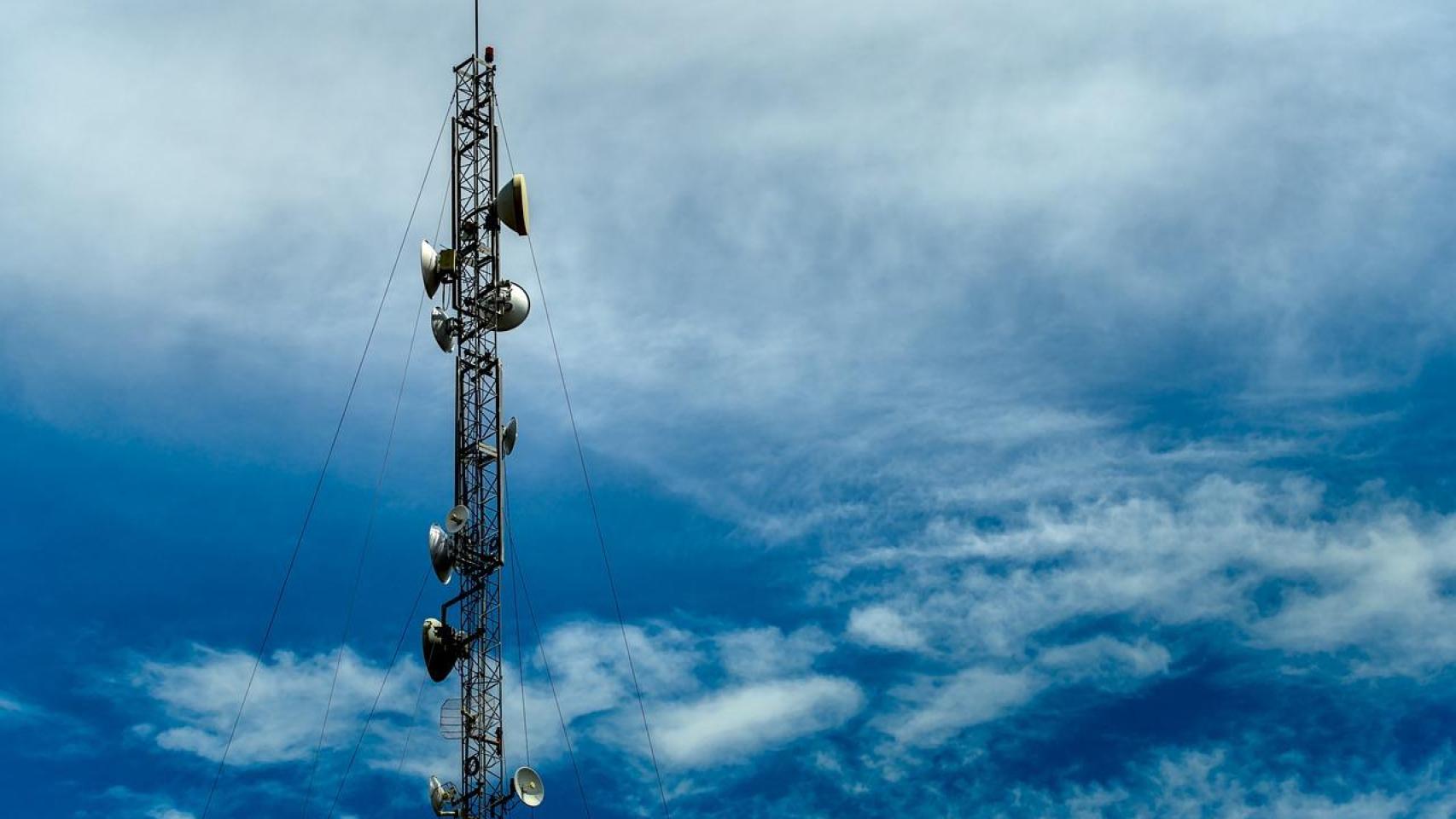
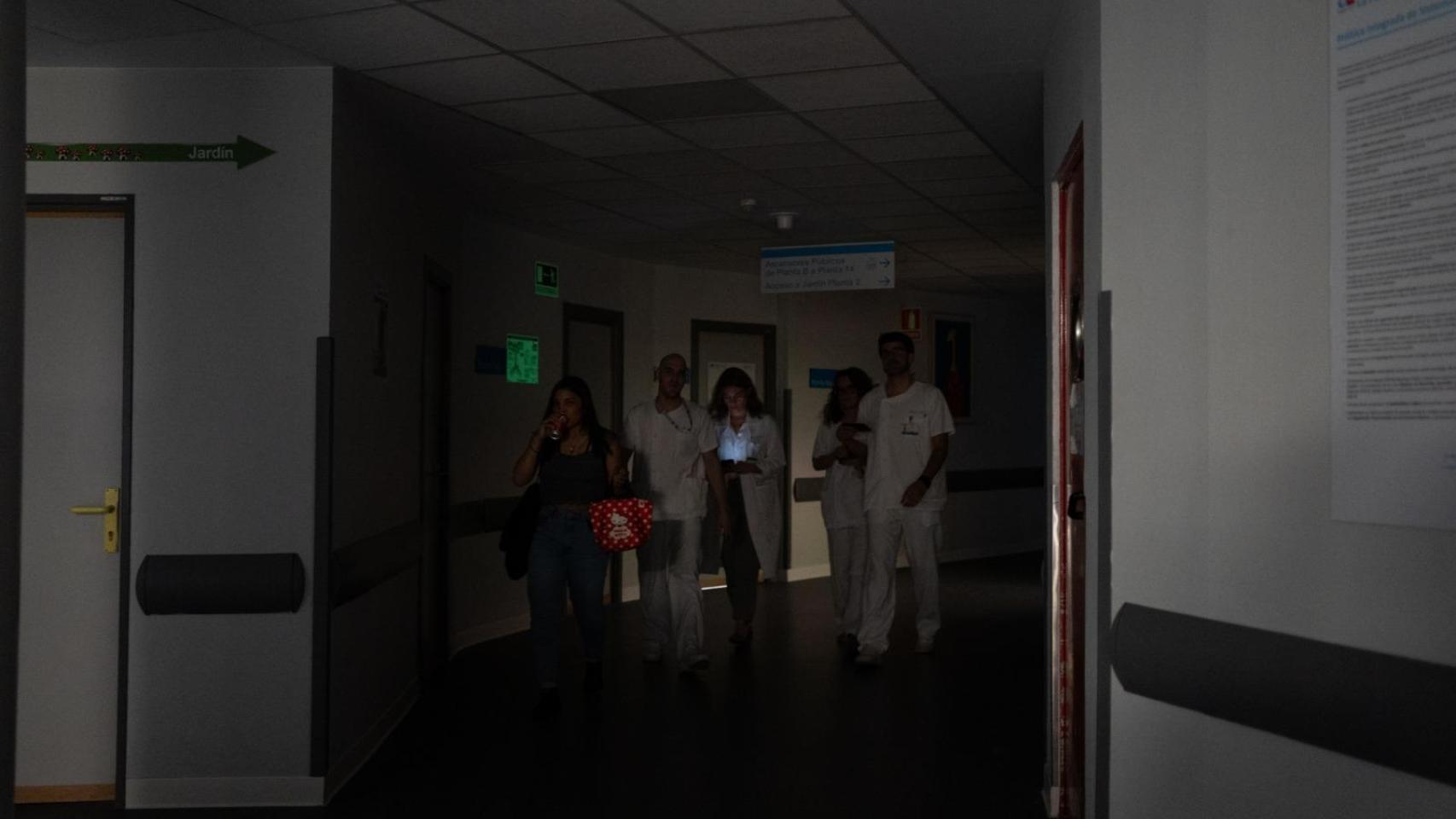
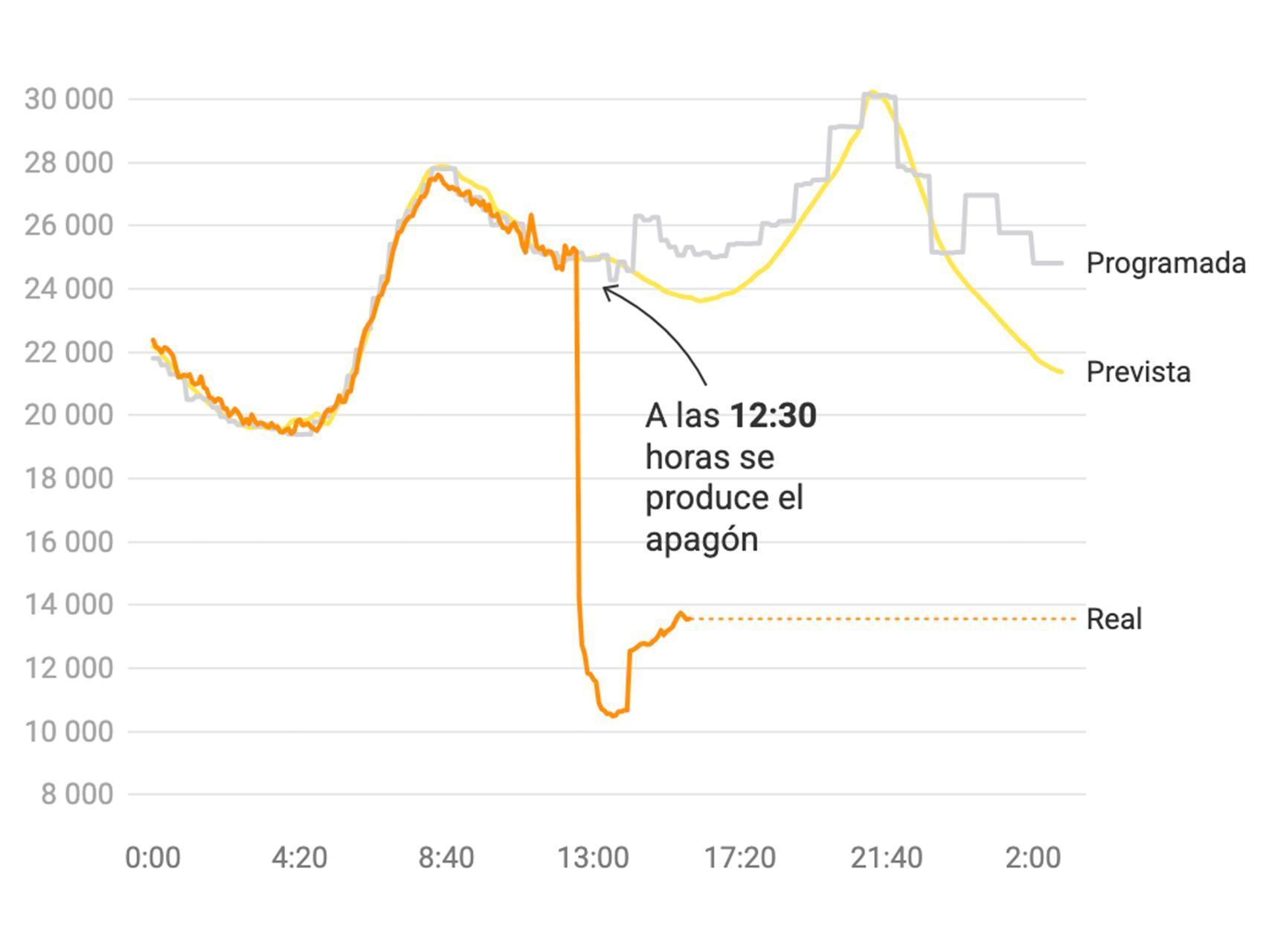

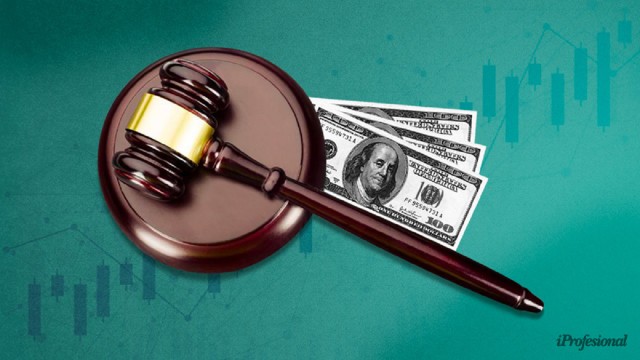
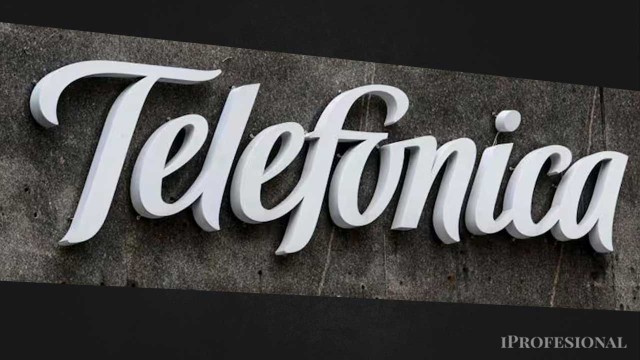


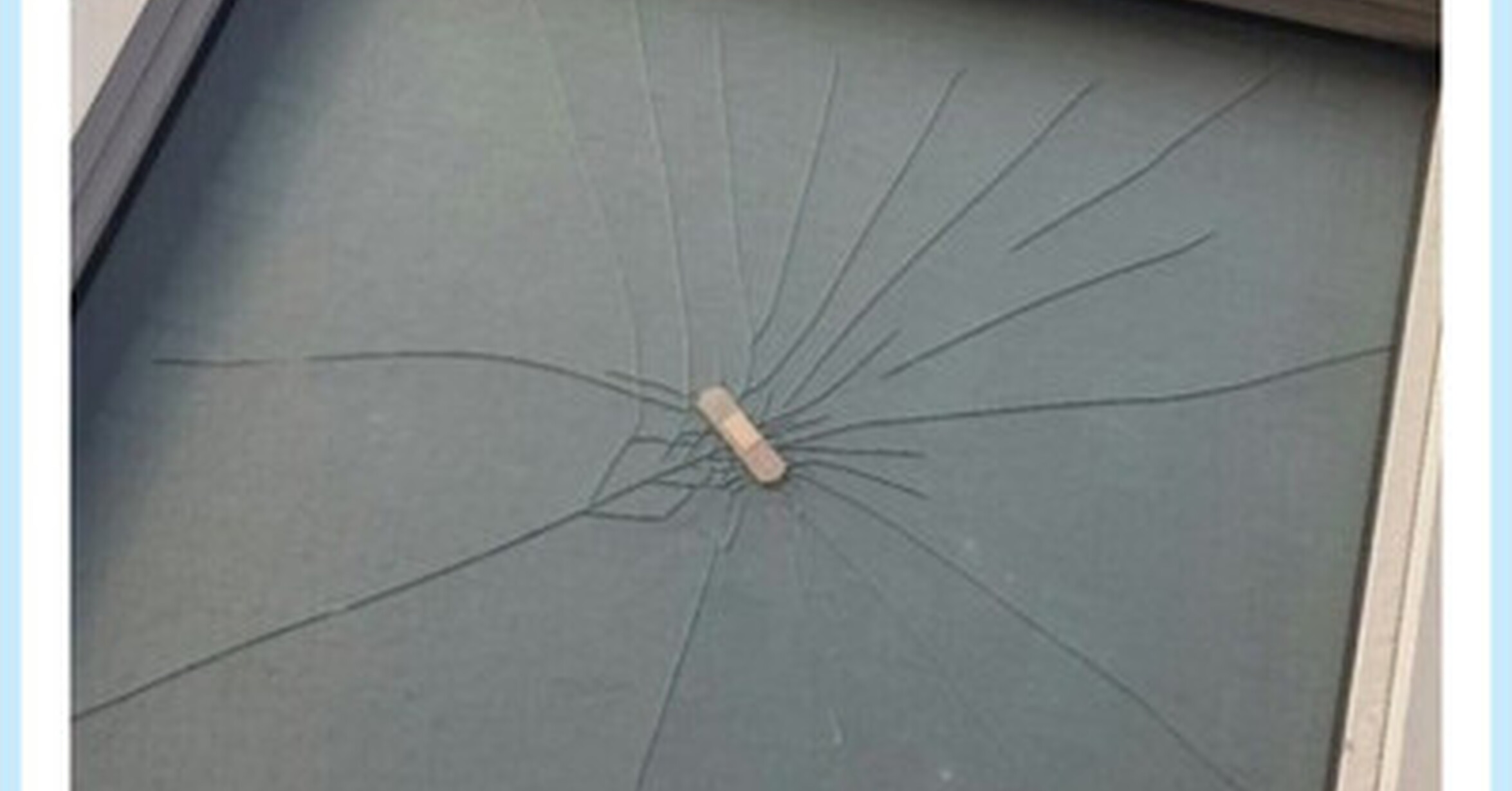

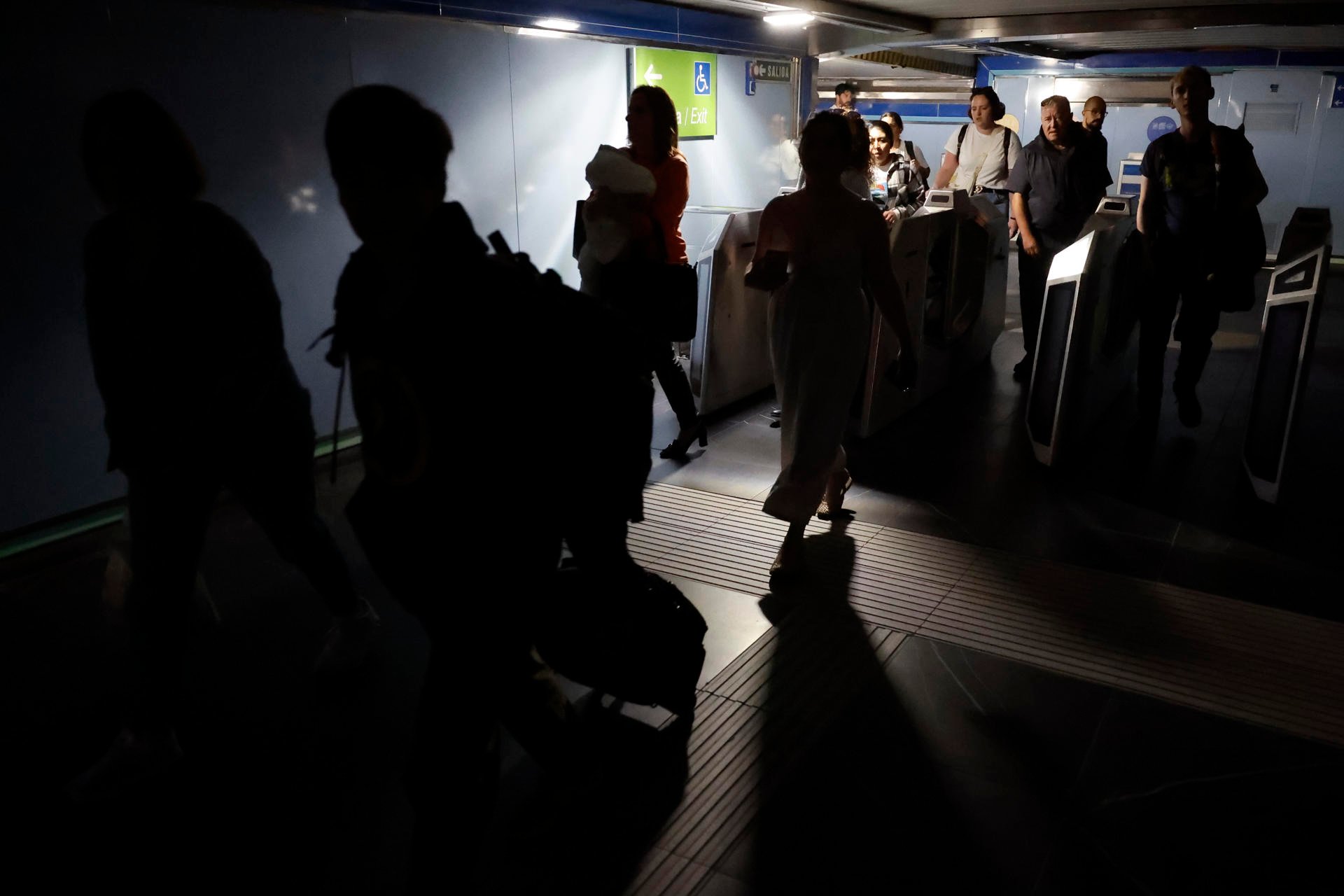

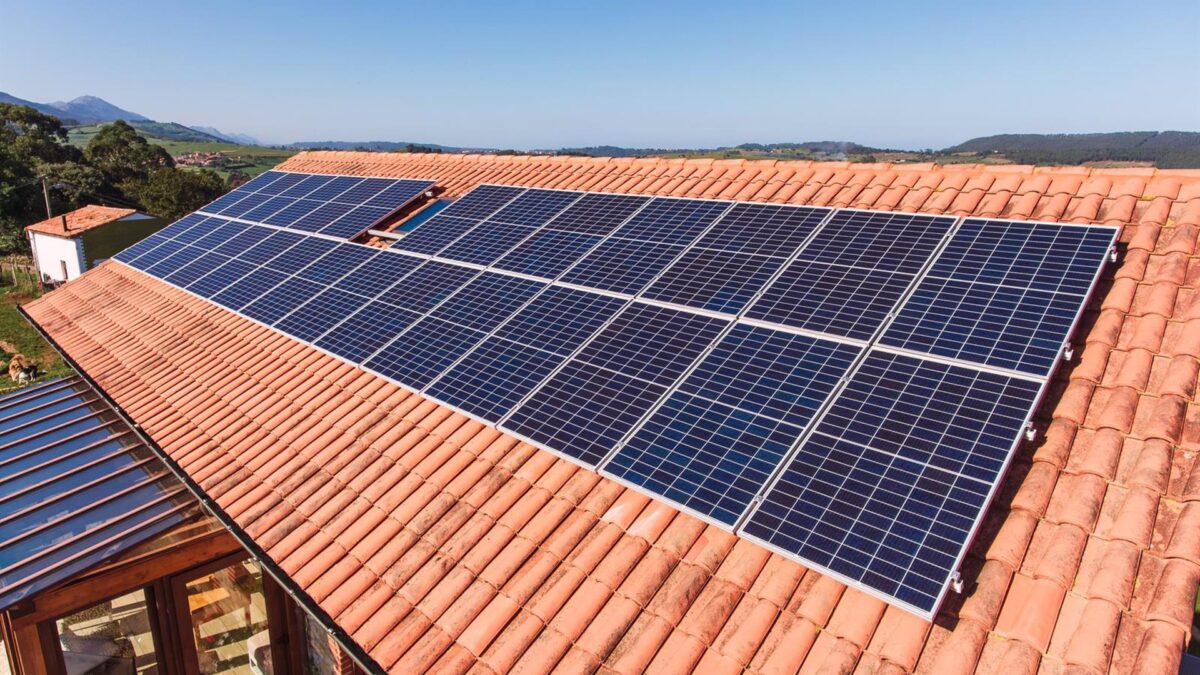
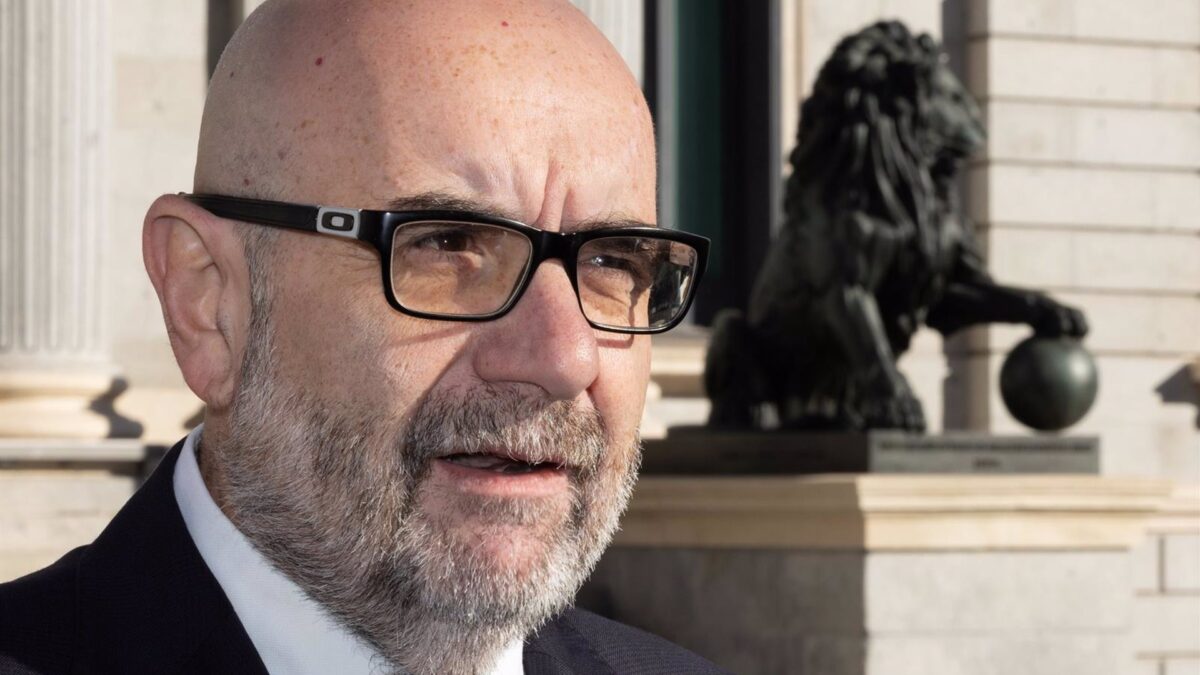
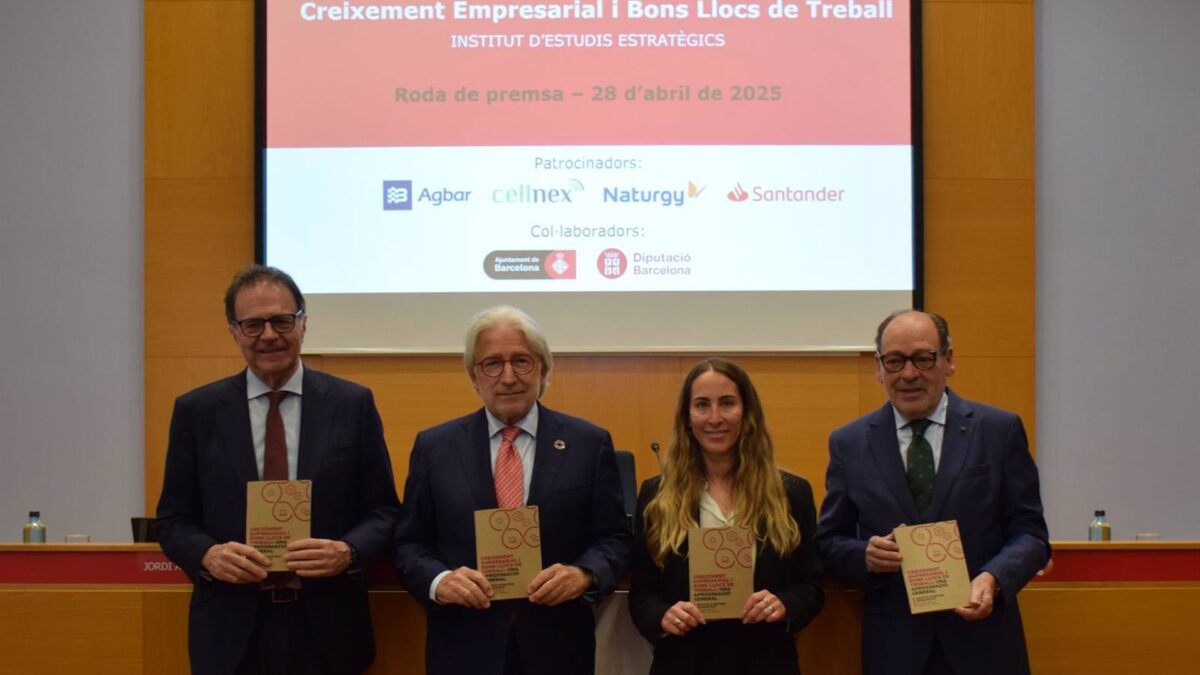




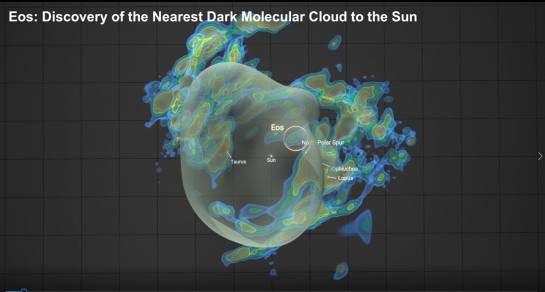
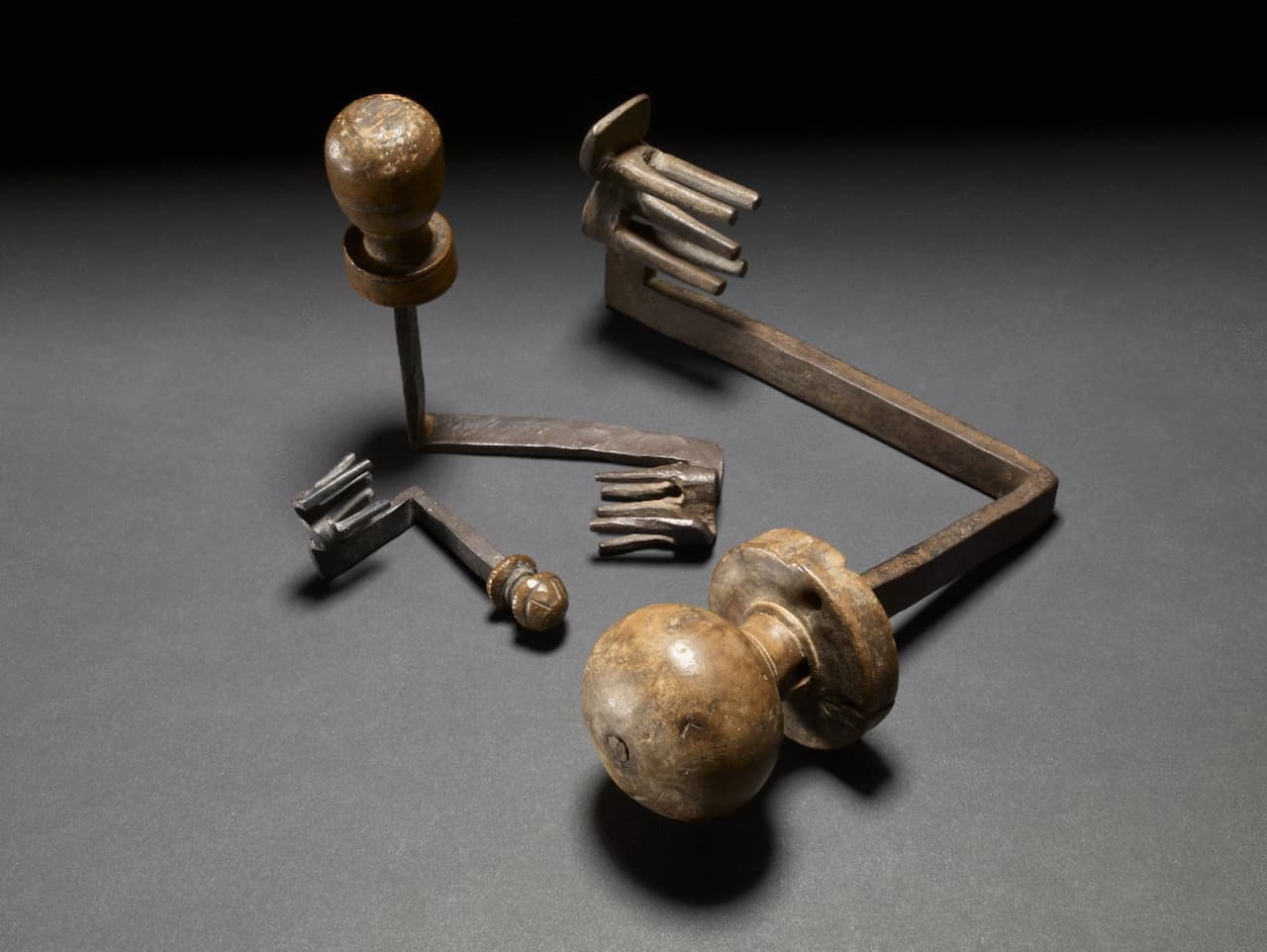


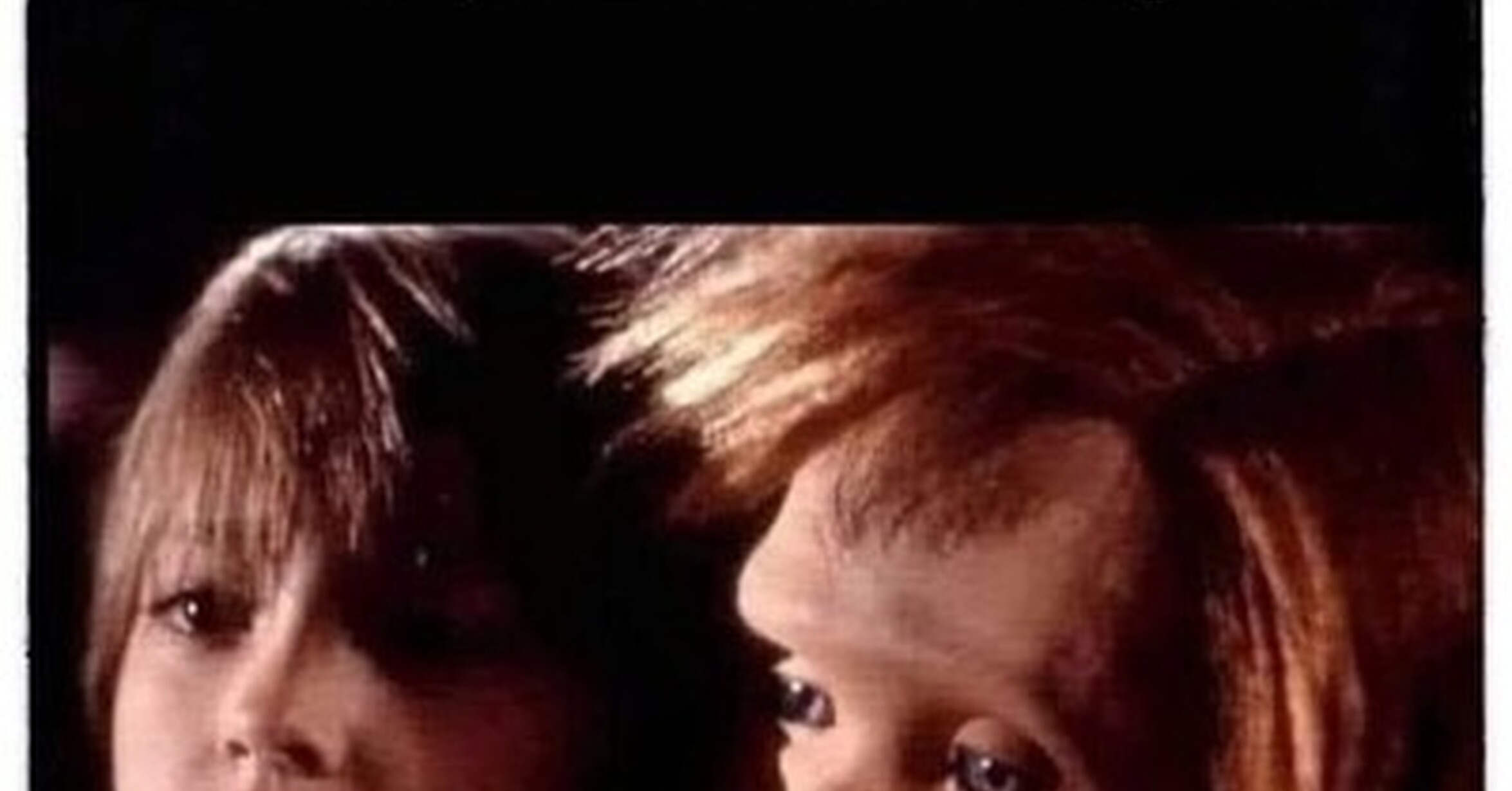


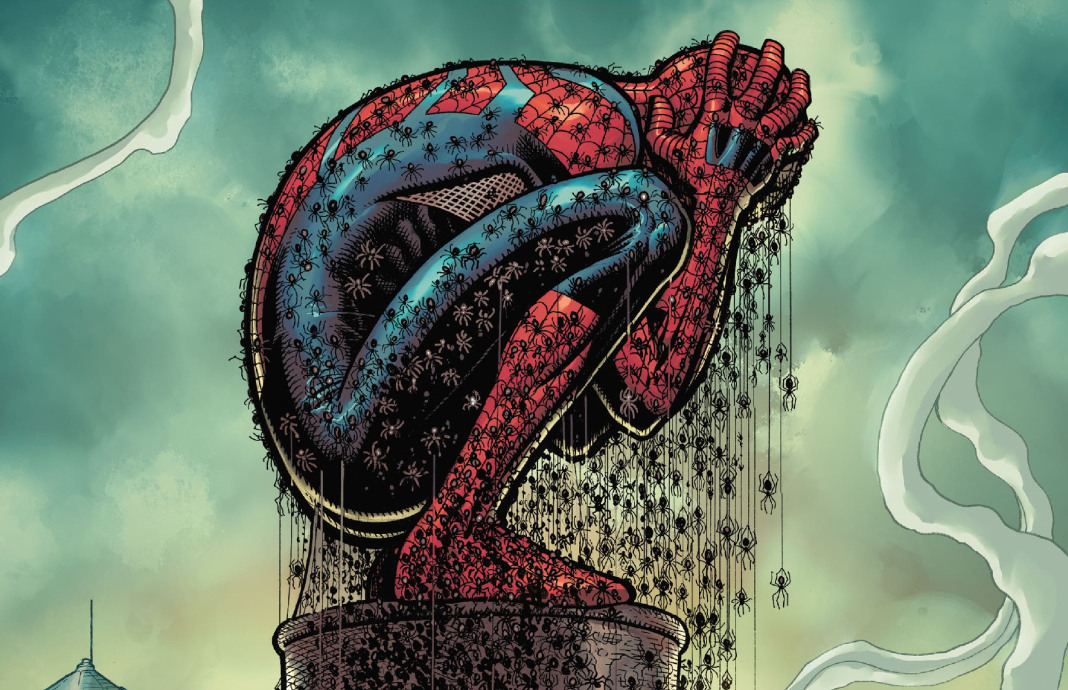







.jpg)


.jpg)








